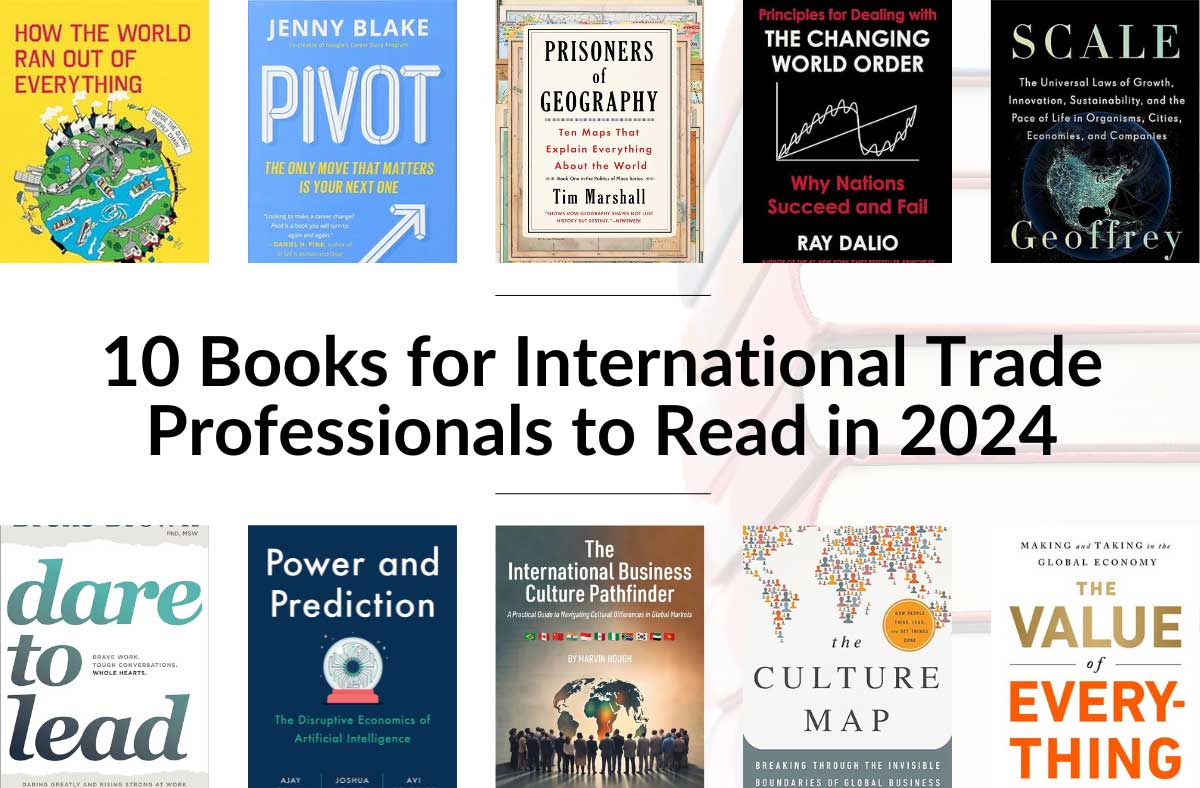
While it may seem daunting to some small to medium-sized business owners, expanding your business by supplying products or services to a bigger multinational corporation is not only possible, it can be profitable.
Many SMEs are in a position to expand their business by becoming an international supplier or an outsourcing provider to a large company. There are a variety of ways companies can approach becoming a supplier to other enterprises and government clients. Here are the first five steps to take your company successfully into international supplying.
1. Approach a large company
You can identify a large enterprise that might require your products or services and contact them directly to enquire about their international supplier selection process. Many organizations also have websites that enable any potential international supplier to register. These websites also list the conditions that the company will impose on suppliers and the information that they will require the potential supplier to provide, such as a credit report.
2. Receive a request for a product or service quote
If marketing has made your company visible, a larger organization might request a one-off quote. The way in which your company responds to the quote will influence whether or not a deal is made.
Before a quotation is prepared and sent out, a thorough examination of the inquiry should be made to determine what is being asked. The quotation should be written in such a way that the requested information is clearly provided. At a minimum, it should contain the following information:
- A detailed product or service description
- A description of packaging
- Any special labels or permits that will be required
- The quantity of product or amount of service offered
- A description of quality, quality processes and any guarantees
- The mode of transport, transit requirements and shipping or delivery dates
- Frequency of delivery
- The price
- The currency of the quotation
- A description of how long the quote is good for
- The place of origin of the quotation
- The terms of sale and delivery
- The terms of payment
- Customs responsibilities
Any special details relating to the export process must be included in the quotation, and the quote must be checked and verified before being sent to the potential client.
Your quotation is a binding commitment and an acceptance by the client is regarded as an unconditional agreement to the conditions stated in the offer.
3. Respond to an RFP/RFQ
When seeking a supplier or outsourcer, companies will often send an RFP/RFQ out to potential international suppliers or post an online request for bids. RFPs/RFQs are usually long and detailed documents that contain specific requirements. For smaller companies, responding to RFPs/RFQs can be a stressful and time-consuming process.
Some general guidelines for responding to RFP/RFQs are listed below:
- Read the RFP/RFQ carefully, making sure the deliverables are clear. Note any inconsistencies or items that are unclear.
- Prepare a schedule to meet the deadline for responding to the RFP/RFQ.
- Review the requirements critically. It is essential to consider whether the required specifications make sense, whether the company can meet the desired specifications and deadlines, whether the company can add value to the project and whether you can perform the required tasks cost effectively.
- Assign employees with expertise or knowledge about requested elements to prepare content for the RFP/RFQ.
- Enlist support of company senior management.
- Draft an outline. The RFP/RFQ will often have a very specific structure and the response should follow this exact structure, including the numbered headings.
- Send questions to the requesting company. Most RFPs/RFQs allot a specific time for clarifications and questions.
Finalize a presentation and prepare supporting documents. Companies will often be required to support their RFP/RFQ response with financial background information, details of time in business, information about business processes and quality management procedures, employee qualifications and the details of references.
4. Make yourself visible to your biggest prospects
Make contact with a prospective importer at an international trade show or a foreign trade mission.
Industry conferences and trade shows provide smaller companies with an ideal opportunity to demonstrate their product or service offering to larger organizations. Communicating effectively at such venues can reveal opportunities to approach a potential client.
Make contact with government-affiliated trade organizations.
Most government agencies have specialized programs and departments that help companies identify opportunities, facilitate introductions and offer extensive information on importing and exporting requirements.
5. Bidding realistically
However tempting the possibility of becoming an international supplier or outsourcer to a major organization, it is essential that companies only bid for work if they have the financial and technical ability to fulfill a contract.
Making an unrealistically low bid might seem the ideal way to secure a deal, but it might result in a project failing because of lack of resources.
Companies must be ready to share their financial background information with any company they wish to supply to. This is so the requesting organization can be confident in the financial health of the supplier. They must also be willing to share samples of work or demonstrate their abilities.






I will like to learn more about becoming an international supplier